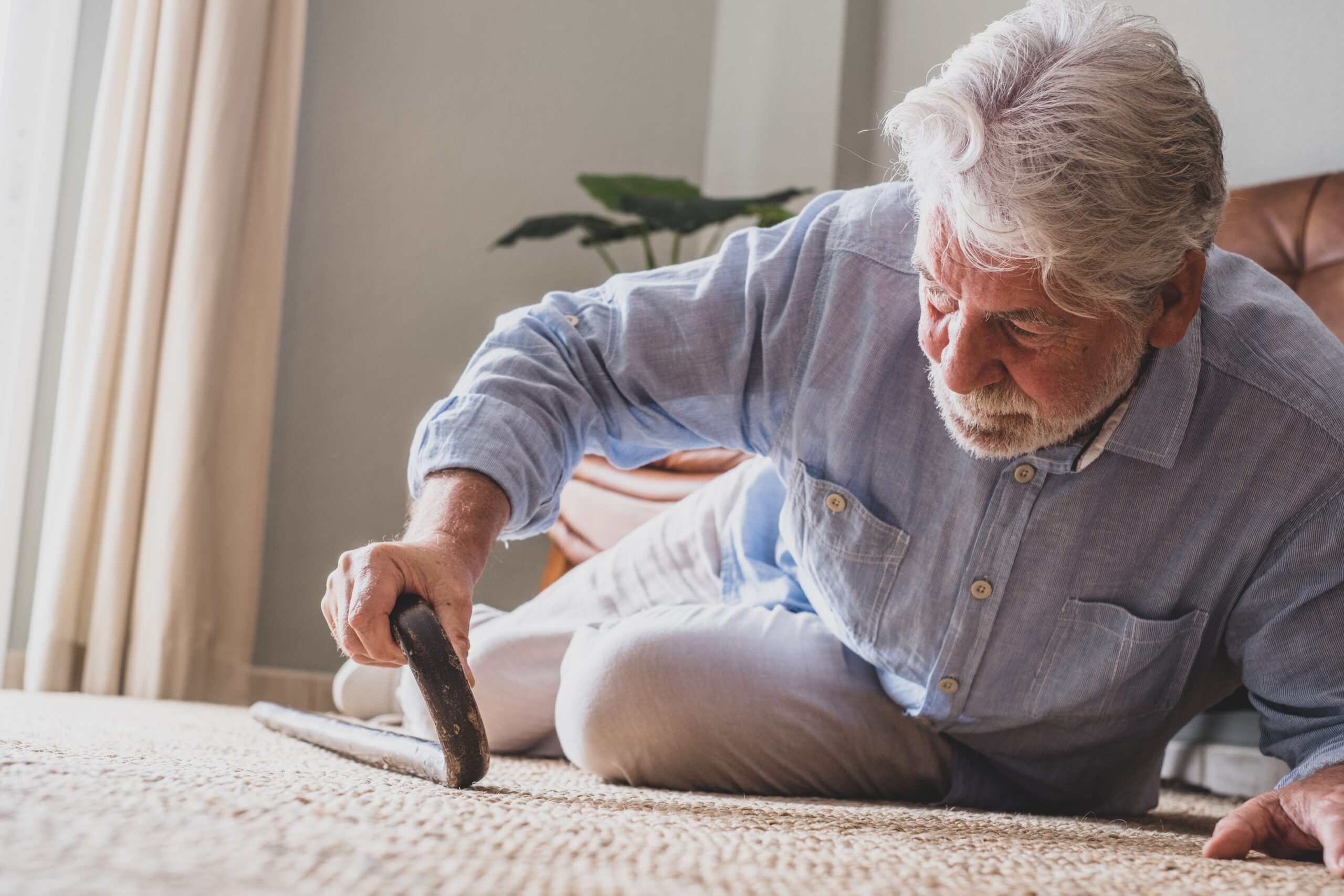Table of Contents

New research reveals how to predict and prevent dangerous falls in seniors years before they happen, offering hope to millions of older adults who face this common and costly health risk.
At a Glance
- Falls affect nearly one-third of Americans over 65 annually, costing $30 billion in healthcare expenses
- Stanford researchers have developed methods to predict fall risk with 86% accuracy
- Simple assessments measuring gait, balance, and medical history can identify those at highest risk
- Key prevention strategies include strength exercises, medication reviews, and home safety modifications
- Early identification of fall risk factors can significantly improve quality of life for seniors
The Hidden Epidemic Affecting Older Adults
Falls represent the leading cause of injury in older adults, with approximately one-third of Americans over 65 experiencing at least one fall each year. These incidents often create a dangerous cycle - after falling once, many seniors develop fear of falling again, which leads to decreased activity and physical deconditioning, ultimately increasing their risk of future falls. Beyond the immediate injuries, falls in elderly populations contribute to reduced independence, diminished quality of life, and staggering healthcare costs totaling $30 billion annually in the United States alone.
Breakthrough Research Predicts Fall Risk Years in Advance
A groundbreaking study from Stanford University has identified methods to predict fall risk in older adults with remarkable accuracy. Researchers tracked body movement in healthy volunteers aged 24-31 using specialized harnesses and cameras while participants walked on a treadmill. The study measured three key indicators: step width, timing differences between steps, and consistency in foot placement. To simulate conditions that affect older adults, participants were tested wearing ankle braces, vision-blocking masks, and while being exposed to destabilizing air jets.
The results, published in the Journal of Experimental Biology, revealed that higher variance in initial walking measurements strongly correlated with increased likelihood of falling under simulated aging conditions. Most impressively, researchers achieved an 86% accuracy rate in predicting falls based solely on initial walking data. This finding suggests that subtle gait abnormalities detectable years before serious balance problems emerge could provide crucial early warnings and intervention opportunities.
Practical Assessment Tools for Healthcare Providers
Healthcare professionals now have access to validated assessment tools that can quickly identify patients at elevated risk for falls. Research by Lusardi and colleagues has established key predictors combining medical history questions, performance-based measures, and self-reporting tools. The medical assessment includes questions about previous falls, use of psychoactive medications, need for assistance with daily activities, fear of falling, and use of assistive devices. Each "yes" answer significantly increases the probability of future falls.
Performance-based measures include single-limb stance tests (inability to stand on one leg for at least 5 seconds indicates increased risk) and gait speed assessment (walking slower than 1.0 meter per second suggests higher fall probability). Additional evaluations like the Berg Balance Scale, Timed Up and Go test, and Five Time Sit to Stand can provide more comprehensive assessments. Remarkably, these screening tools take less than 5 minutes to administer, making them practical for routine clinical use.
Effective Prevention Strategies
The National Institute on Aging recommends several evidence-based fall prevention strategies. Regular exercise focusing on strength and balance tops the list, with programs like tai chi proving particularly effective. Medication reviews are essential, as certain prescriptions can cause dizziness or affect balance. Annual vision exams ensure optimal sight, while home safety improvements such as removing tripping hazards, installing grab bars, and improving lighting can significantly reduce environmental risks.
Other important precautions include limiting alcohol consumption, standing up carefully after sitting or lying down, and using appropriate mobility aids when needed. For those identified as high-risk through screening, a comprehensive fall prevention program combining multiple approaches yields the best results. Healthcare providers can tailor these interventions based on individual risk profiles, addressing specific factors like postural instability, sensory deficits, or muscular weakness.
With these advances in prediction and prevention, healthcare providers and families now have powerful tools to address fall risks before serious injuries occur. For older adults, this proactive approach can mean the difference between maintaining independence and facing life-altering consequences from preventable falls.
AD
Most Recent
AD
